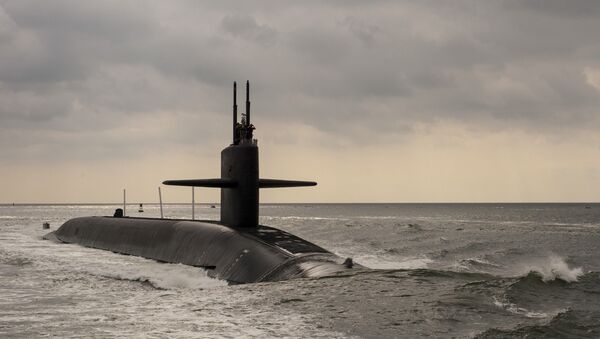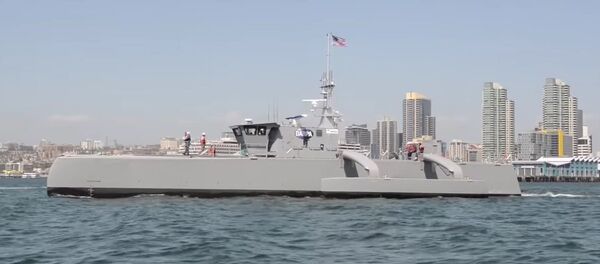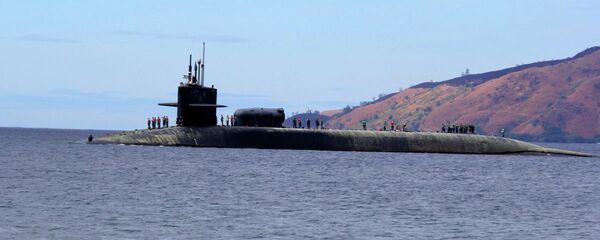Touted by US media as “the 21st century submarine,” the Columbia-class submarines will replace the existing Ohio-class strategic missile subs built during the 1980s and 90s.
“A new submarine is always a continuation of previous projects. In the case of the Columbia, it picks up where the Ohio project left off. It will boast more advanced electronics and will be armed with an updated and longer range version of the Trident missile,” Igor Kurdin noted.
Russia has three fourth-generation strategic nuclear submarines: the Yuri Dolgoruky, the Alexander Nevsky and the Vladimir Monomakh. By 2020 the Russian Navy plans to have ten Borei-class strategic nuclear submarines afloat.
Igor Kudrin said that modern-day strategic nuclear submarines owned their impressive might to the decades-long competition between the Russian and US navies.
“During the Cold War years we were lagging behind the Americans in our electronic warfare capabilities. By the early-1990s our subs were already as silent and hard to detect as theirs and our Yasen-class subs are now more silent and better armed than their US counterparts,” Kudrin explained.
He added that this is exactly why the Americans are going ahead with the development of the Columbia-class submarines and upgrading their Seawolf, Virginia and other class subs.
“Lagging behind them in electronics, we learned to track their subs by their stern wake which is something the Americans can’t do,” he added.
Speaking about drone submarines, Igor Kudrin said that manned submarines are the future of submarine warfare.
“I don’t believe in crewless subs. Electronics give us hints, but it is people who act on these tips. If you have someone making clever use of [electronic data], so much the better,” he emphasized.
Earlier this month, the Pentagon Under Secretary for Defense for Acquisition, Technology and Logistics, Frank Kendall, officially signed off on a top-priority $125-billion Navy program to buy 12 sophisticated, nuclear-capable submarines.
Specifically, a recent "continuing resolution," or partially-annualized budget, passed by the Senate in late 2016, authorized the use of $773 million to go toward the program.
The submarines can be equipped with 16 Trident D5 submarine-launched ballistic missiles.
Trident D5s are reported to allow US and UK navies to achieve nuclear deterrence with fewer submarines and are said to be almost as accurate as land-based ballistic missiles.
Never miss a story again — sign up to our Telegram channel and we'll keep you up to speed!





